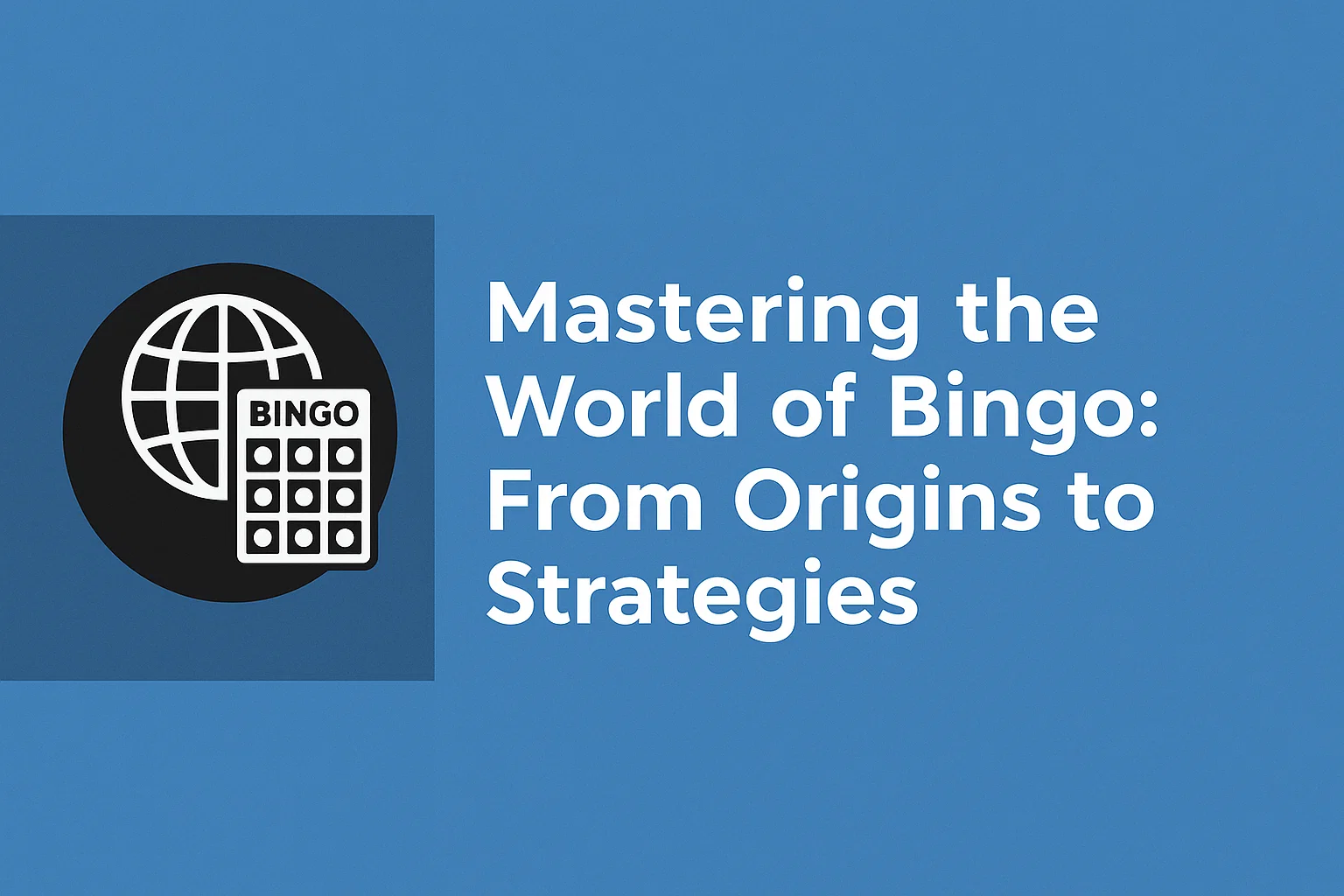Вам уже исполнилось 18 лет?
 Последние новости
Последние новости
In the following article, we will take you on a tour to discover the most interesting facts about the game of bingo, as told in the article, whereby we will discuss its history and origins, explain the types, explain the patterns of numbers, and conclude by providing you with tips on playing and winning this extremely popular online bingo sites game.
Bingo, a game that has become a full-blown world phenomenon, does have a vibrant history that takes us back in time. To best comprehend the game and its significance, let's begin at the start.
This game originated in Italy in the early 16th century and was called "Il Giuoco del Lotto d'Italia." It was a form of entertainment that was used by the Italian upper class. The game was altered and enhanced in France, where it was referred to as "Le Lotto." It is similar to the bingo cards that people use today, with French players using numbered squares on cards.
It is also well known that the game made it to Germany, where it was used as an instructional tool to teach children mathematics, spelling, and history. Germans also created a version called "Tambola," where one drew numbered wooden chips from a container.
However, it was not until the early 20th century that bingo began to look like what we know today. In the U.S., Edwin S. Lowe, a traveling toy salesman, was playing a carnival game called "Beano." The players would mark their cards with beans as the numbers were read out, attempting to fill in a row and yell "Beano!" in victory. Lowe realized how popular the game was, so he opted to modify it for the masses.
Lowe's revolution was basic but very revolutionary. He replaced the word "Beano" with "Bingo" when a player happily cried out by mistake. So, he established standard bingo cards and rules, including the legendary five-by-five grid, and began selling bingo kits to the masses. Bingo quickly spread throughout the United States and eventually reached the United Kingdom, where it became a popular activity, particularly among churches and community centers. The game's popularity did not stop there. Bingo became a norm for fundraising campaigns, with charities and non-profit organizations using it as a means of generating revenue for their various causes.
The history of bingo from its Italian and French origins to its modern form, however, is a lovely demonstration of its enduring appeal and adaptability. Today, it's a global phenomenon, played by millions in countless variations, ranging from traditional bingo halls to websites.
In bingo, the balls are extremely significant, as they decide who is going to win the game! In the typical form of bingo, there are 75 balls. There is a number on each ball, ranging from 1 to 75. The game is such that somebody will call out the numbers on the balls individually. If you have that number on your bingo card, you mark it down. You're aiming to achieve a particular pattern or cover the whole card. But there is also another variety of bingo with 90 balls. The values in these balls are between 1 and 90. The game is played somewhat similarly to the 75-ball version, only with different ways of winning.
In online bingo games, it may be even more interesting and diverse. Some casinos might use 30, 80, or even 60 balls! This changes the tempo of the game and how challenging it is to get certain patterns. So, whatever offline or online bingo you are playing, knowing how many balls there are and how you can win is actually really very important.
The fundamental principle of bingo is that players cross out randomly drawn numbers from a pre-printed ticket or card. The aim is to create specific patterns or lines of crossed-out numbers. The two best-known types of bingo games are 75-ball and 90-ball bingo, with rules varying very slightly.
Although both physical and online bingo share a common mail concept of numbers on a card being equated to the ones read out by a bingo caller, there exist several differences between the two formats.
Physical Bingo: The game speed relies on the speed of the bingo caller in calling out numbers manually. This varies based on the caller's style and number of players.
Online Bingo: The game is often faster and more automated. The numbers are held by random number generators (RNGs), which are called out electronically and do not need a live caller. This makes the game experience faster.
Physical Bingo: Attending a physical bingo hall involves some traveling, and gamers have to arrive at the same hour.
Online Bingo: Increased convenience and accessibility are provided by online bingo. That is, you can play whenever and wherever you have an internet connection.
Physical Bingo: Relies on traditional paper-based bingo cards and rugged markers like daubers or pens.
Online Bingo: Rely on virtual cards and electronic daubers. The user interface may also have additional features like auto-daubing, chat rooms, and customizability.
Playing bingo is usually easy and fun, and there are a couple of easy steps to start playing the game.